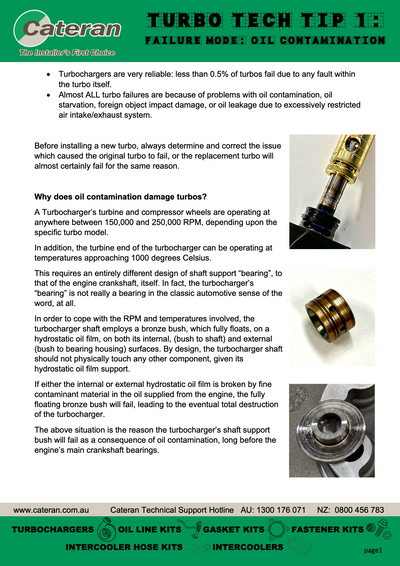- Turbochargers are very reliable: less than 0.5% of turbos fail due to any fault within the turbo itself.
- Almost ALL turbo failures are because of problems with oil contamination, oil starvation, foreign object impact damage, or oil leakage due to excessively restricted air intake/exhaust system.
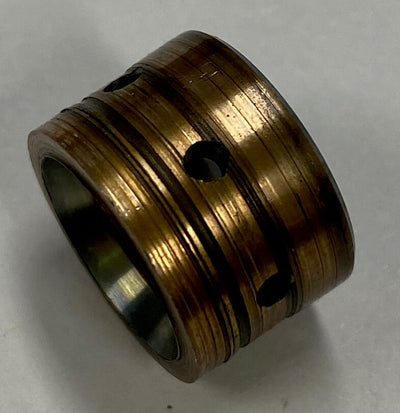
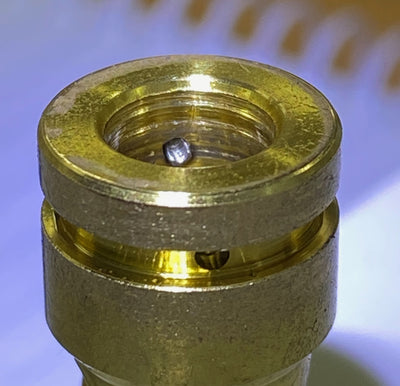

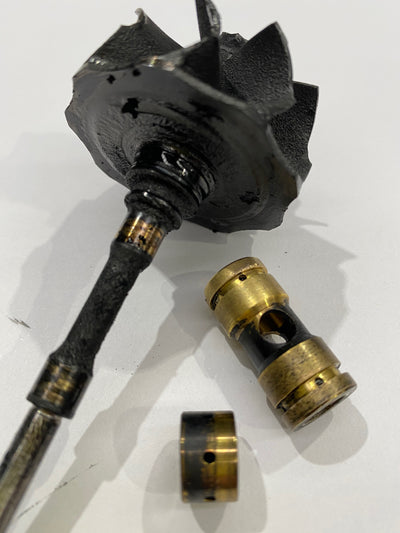

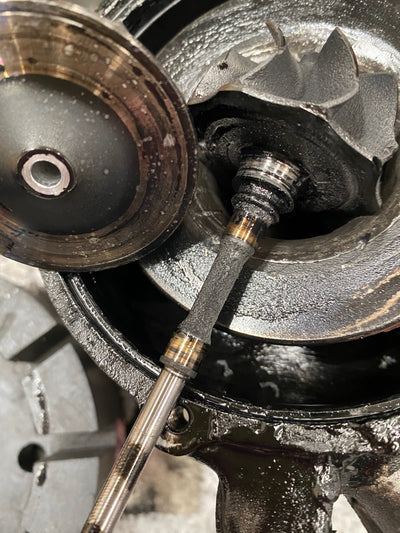
Before installing a new turbo, always determine and correct the issue which caused theoriginal turbo to fail, or the replacement turbo will almost certainly fail for the same reason.
Why does oil contamination damage turbos?
A Turbocharger’s turbine and compressor wheels are operating at anywhere between 150,000 and 250,000 RPM, depending upon the specific turbo model.
In addition, the turbine end of the turbocharger can be operating at temperatures approaching 1000 degrees Celsius.
This requires an entirely different design of shaft support “bearing”, to that of the engine crankshaft, itself. In fact, the turbocharger’s “bearing” is not really a bearing in the classic automotive sense of the word, at all.
In order to cope with the RPM and temperatures involved, the turbocharger shaft employs a bronze bush, which fully floats, on a hydrostatic oil film, on both its internal, (bush to shaft) and external (bush to bearing housing) surfaces. By design, the turbocharger shaft should not physically touch any other component, given its hydrostatic oil film support.
If either the internal or external hydrostatic oil film is broken by fine contaminant material in the oil supplied from the engine, the fully floating bronze bush will fail, leading to the eventual total destruction of the turbocharger.
The above situation is the reason the turbocharger’s shaft support bush will fail as a consequence of oil contamination, long before the engine’s main crankshaft bearings.
What are the usual sources of contaminants in the engine oil?
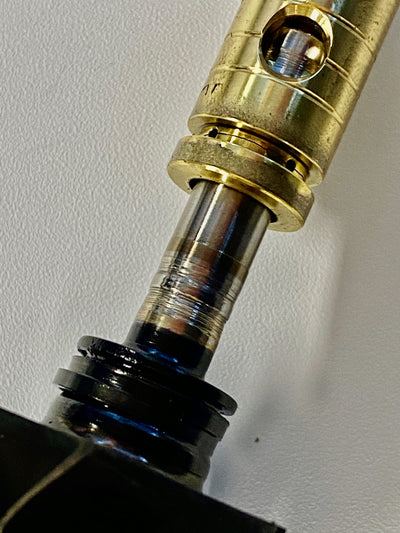
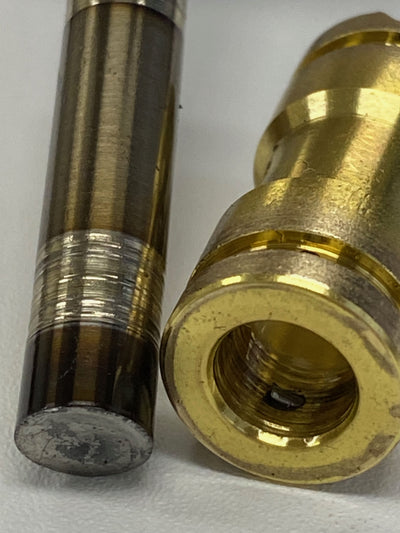

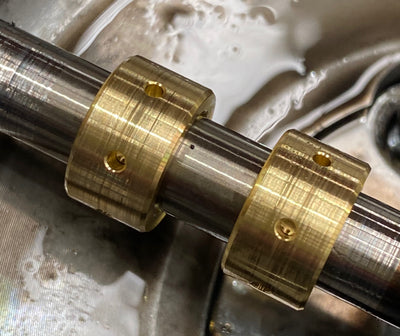
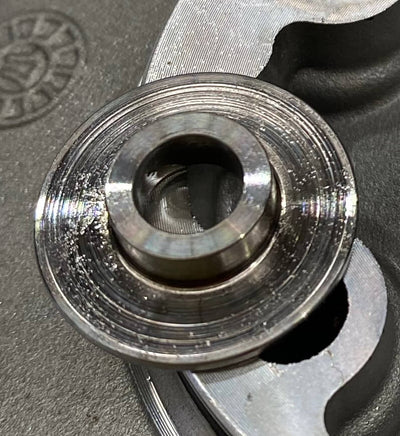
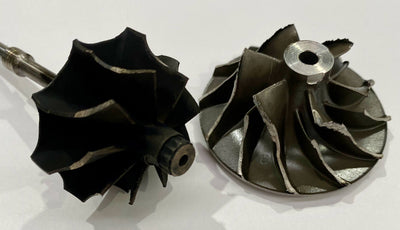
-
High carbon build-up inside the engine. This WILL contaminate even new clean oil, changed at the time of turbo replacement. This carbon can be present in either or both of the following locations.
- Internal surface of the oil supply line from engine to
- Internal surfaces of the sump / main oil pickup.
- Oil degradation due to high ambient temperature operation and /or oil change intervals beyond 5,000 KMs.
- Poor quality Oil Filter
- Malfunctioning oil filter Bypass Valve
- Contamination of new oil during filling.
- Engine wear, leaving swarf deposits throughout the engine internals.
Recommended steps for the reduction of oil contamination.
- Replace the Oil Supply Line to the turbocharger, as a used component is essentially impossible to clean. Normally the oil supply lines are 3-4 mm ID and the baked, carbonized oil attached to the internal line surfaces, (particularly around any bends), cannot be 100% successfully removed by any normal cleaning process.
- Remove the sump and main oil pickup and thoroughly clean both. Unfortunately, there is no way to reliably clean these components without removal.
- Use only the highest quality oil and filter and change both every 5,000 KM.
- Take extreme care to avoid dirt/dust contamination during the filling of the new clean oil.
For more information go to www.cateran.com.au or call the Cateran Technical Hotline on 1300 176 071
Download a printable version of this article here

